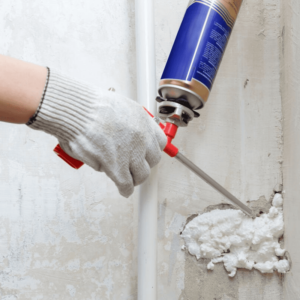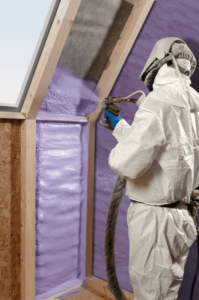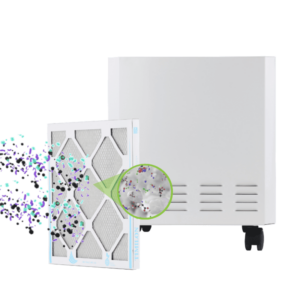Is Spray Foam Attic Insulation Safe?
Have you ever thought about the potential risks that may lay within the attic of your home? Usually this infrequently visited space in your home is typically avoided due to the high heats in this environment, along with other unfavorable conditions like animal invaders and other smelly encounters that you will come across when entering this overhead area of your home. An attic is usually utilized for all of your junk and miscellaneous items that need to be stored out of sight such as photo albums, decorations, and even safe keepings. However, among all your personal items being held up in this upstairs’ storage of your home, this space also harbors spray foam insulations that can be producing hazardous chemicals into the environment that can spread into the air space of your entire home overtime.
Spray foam is a commonly used form of insulation that can be found in most attics found in homes. Spray polyurethane foam (SPF) is a specific type of spray-applied plastic that is widely utilized to function as insulation to buildings and seal cracks and gaps – this will ultimately help to create a more energy-efficient and comfortable building. Although spray foam used in a home can contain many benefits to both the home’s structure and the efficiency of the building, there have been recent studies and research published that has determined potentially dangerous impacts of spray foam insulation. This type of insulation can have a negative effect on both the indoor environment and public health, particularly to those that are exposed to this foam and the chemicals it releases into the indoor air space.
In this article we are going to learn more about spray foam attic insulation safety and discuss the impact that this foam and the chemicals that it contains can adversely impact the environment of your home and even human health.
Spray Foam Insulation Problems
When it comes to a builder’s choice for insulation in a home, the go-to option for many is the use of spray foam as the form of insulation indoors. Spray foam has been used for decades, however, there have been increasing problems overtime with the use of this type of insulation. There are many different types of spray foam that can be used for installation, and many of these can be potentially hazardous when installed inside your home and around the environment in which you spend the majority of your time. According to the Environmental Protection Agency (EPA) the spray foam using polyurethane can be fairly dangerous;
“When spray polyurethane foam is being used, the work site should be avoided for individuals unless they are wearing appropriate personal protective equipment, as the spray polyurethane foam insulation typically exceeds the Occupational Safety and Health Administration (OSHA) occupational exposure limits (OELs).”
 Additional problems can also stem from the use of spray foam insulation including the following:
Additional problems can also stem from the use of spray foam insulation including the following:
- The Unknown Use of Dangerous Spray Foam: There are many different types and brands of spray foam insulation that are available for use in homes, and it is important to use the right type that is both effective and safe to use in an indoor environment like a home or attic.
- A Botched Installation Job: When the application and installation of spray foam is rushed or incompletely finished it can create many issues such as leaving gaps in the insulation which can impact efficiency, and it can also make your home less comfortable – increasing energy bills each month.
- A Rushed Installation Job: A rushed job at installing spray foam installation can lead to an application that is too thick which will lead to the creation of a permanent odor in the air. This odor is produced from the obscenely high amounts of spray foam that was used in the application process – this smell is the result of off-gassing chemicals from the spray foam.
What is Foam Made of – Spray Foam Ingredients
The decision of selecting which type of insulation to use in your home can be a difficult one as there are many options available to be used in your indoor environment including fiberglass, cellulose, and the popular spray foam that is commonly used for insulation. Spray foam insulation is an insulated air barrier material that works by sealing the walls, floors, and ceiling cavities from air flow. This foam can be placed around light fixtures, electrical outlets, windows and doors, attics, and crawl spaces.
Spray foam is made of two liquids that combine to form a chemical reaction that creates the spray polyurethane foam. The first liquid mix used to make spray polyurethane foam includes methylene diphenyl diisocyanate (MDI) and polymeric methylene diphenyl diisocyane (pMDI). And the second liquid mix used to make the spray foam includes a blend of polyols, blowing agent, catalysts, flame retardant, and surfactants – according to Spray Polyurethane Foam Health & Safety.
Types of Spray Foam Insulation
 The spray foam insulation or spray polyurethane foam (SPF) is a popular alternative to traditional building insulation such as fiberglass. This type of spray polyurethane foam can be classified into two different types: light-density open-cell spray foam insulation and medium-density closed-cell spray foam insulation. These two types of spray foam insulation both contain polyurethane that can be potentially dangerous to the environment and to health upon exposure. However, the two different types of this polyurethane spray foam can differ, and the characteristics of these two SPFs include the following;
The spray foam insulation or spray polyurethane foam (SPF) is a popular alternative to traditional building insulation such as fiberglass. This type of spray polyurethane foam can be classified into two different types: light-density open-cell spray foam insulation and medium-density closed-cell spray foam insulation. These two types of spray foam insulation both contain polyurethane that can be potentially dangerous to the environment and to health upon exposure. However, the two different types of this polyurethane spray foam can differ, and the characteristics of these two SPFs include the following;
- Medium-Density Closed-Cell Spray Foam (ccSPF): This form of insulation is commonly known as two-pound foam, as it is a rigid insulating material that requires a thickness of 50 mm when applied in home. Typically, this foam’s natural color is yellow when applied in insulation.
- Light-Density Open-Cell Spray Foam (ocSPF): Light-density open-cell spray foam is commonly known as half-pound foam that is a semi-rigid material with a sponge-like appearance. This material will begin to expand after installation and it will form small openings, open cells that are filled with carbon dioxide. This insulation will fill all the cracks, crevices, and voids to help achieve an air tight seal.
Spray Foam Attic Insulation Pros and Cons
Spray foam attic insulation as we discussed above, is a highly popular method used for insulation in homes but like anything else, there are both pros and cons to the use of this home insulation material. Spray foam attic insulation is used primarily to act as a barrier to limit air movement and reduce the amount of energy loss that a home experiences during the season changes. With these benefits of spray foam, there are also cons that can be created in the environment as well. The pros and cons of spray foam insulation can include the following;
Pros of Spray Foam Attic Insulation
- Lowers Utility Bills in Home: When you use spray foam insulation in your home or other indoor environment, it will help to significantly save you money on your utility bills. This savings happens because the insulation will seal the airflow within your home, without having gaps or cracks that will allow the air to seep out of which will leave your ac running longer to cool.
- Creates a Strong Airtight Seal: Spray polyurethane foam is a strong, expansive product that quickly works to seal various cracks and holes in your crawl space, attic, and walls. This airtight seal helps to decrease homeowner costs including utility costs.
- Spray Foam is Resistant to Water: Not only can spray foam work to protect attics and crawl spaces from moisture it will also aid in resisting water during a flood or moisture release in the indoor space. This will ultimately help your home to avoid significant damage over the lifetime of the structure.
- Long-Lasting Building Product: Spray foam is a durable, long-lasting material that has an indefinite lifespan after installation if the home is taken care of during this duration.
Cons of Spray Foam Attic Insulation
- Does Not Always Fill Every Cavity: The spray foam works by filling all the spaces when applied onto the surfaces, however, sometimes this will not fill all the cracks and cavities in the surfaces. This can lead to an increase in energy-usage in the home which will increase the bills of the home overtime.
- Difficult to Install Properly: The installation process of this insulation can be difficult, especially when using open-cell forms of this spray foam. When the material cures, it will begin to fold over itself and create unfilled areas that are not visible to the human eye.
- Costly to Install: Unlike other insulation materials, spray foam can be costly to install. The once popularly used fiberglass insulation costs about $0.40 a square foot, in comparison to the $1.50 per square foot that spray foam costs.
- Health Risks and Chemical Exposure: There are many risks associated with the use of spray foam in a home environment. Some of the ingredients used in this insulation material are called isocyanates, a hazardous chemical compound that has the potential to irritate the lungs, eyes, and stomach when exposure occurs. Other health issues can also develop from spray foam exposure, depending on the level of exposure and the type of spray foam used such as spray polyurethane foam.
Is Polyurethane Foam Toxic?
 Did you know that polyurethane is found in a lot of stuff like foam mattresses and even bowling balls? This chemical-filled foam can drastically impact an environment adversely due to the ingredients found in this foam such as isocyanates, a class of highly reactive chemicals that are widely used in industrial, commercial, and retail applications. According to the EPA, exposure to isocyanates can potentially cause the following health issues;
Did you know that polyurethane is found in a lot of stuff like foam mattresses and even bowling balls? This chemical-filled foam can drastically impact an environment adversely due to the ingredients found in this foam such as isocyanates, a class of highly reactive chemicals that are widely used in industrial, commercial, and retail applications. According to the EPA, exposure to isocyanates can potentially cause the following health issues;
“Isocyanates exposure can potentially cause skin, eye, and lung irritation, asthma, and “sensitization”. These chemicals are irritants to the mucous membranes of the eyes, gastrointestinal, and respiratory tracts.”
Is polyurethane toxic? When the polyurethane chemical fully reacts, it is stable, and its chemistry is not a significant concern. However, when this product is used as an adhesive, coatings, and spray foam, it will react while being applied in the home and release chemicals into the environment. These chemicals are released through a chemical process referred to as “off-gassing” which can be potentially dangerous to human health if and when exposure occurs.
What is Off Gassing?
Off-gassing is the process that chemicals undergo when they turn from a solid or a liquid into a gas into the air when the chemicals are regulated to room temperature. This process will ultimately lead to elevated levels of chemicals in the airspace of the indoor environment and can compromise indoor air quality and human health. The chemical off gassing can occur in many different household items including polyurethane foam used in attics and crawl spaces for insulation.
Polyurethane foam contains a variety of volatile organic compounds that can all be released into the airspace of the environment through the off-gassing process. When polyurethane spray foam insulation is utilized in your home’s attic or any space where extreme levels of heat are present, the chemicals will off gas at a much steadier pace and can progress significantly into the air – flooding the air of your entire home overtime. This will contaminate the air of your home and can lead to certain health effects if long-term exposure occurs.
Spray Foam Insulation Health Issues
Exposure to spray foam in an indoor environment can not only be hazardous to human health but it can also be dangerous to the environment. This building material that is used as insulation in many areas of the home such as the attic, crawl space, etc. can release toxic chemicals from its construction into the air and will therefore impact those who are around or near this insulation foam. According to the Environmental Protection Agency, spray polyurethane foam can have significant health effects when installed into a personal indoor environment. These health issues can include lung damage, asthma, sensitization, respiratory and breathing problems, and even skin and eye irritation.
How to Get Polyurethane Smell Off Your Hands
 When you are doing home improvement or if you are unknowingly exposed to polyurethane, this chemical can be difficult to remove if contact is made on the skin. Therefore, workers or those who are in the vicinity or that risk exposure to this chemical must wear gloves and other protective equipment to avoid skin contact with the polyurethane foam. However, accidents happen, and polyurethane foam can get onto human skin, and if this happens it is important to properly clean the chemicals off your hands or whatever part of your body that was exposed to the polyurethane. Learn more about how to get rid of polyurethane smell!
When you are doing home improvement or if you are unknowingly exposed to polyurethane, this chemical can be difficult to remove if contact is made on the skin. Therefore, workers or those who are in the vicinity or that risk exposure to this chemical must wear gloves and other protective equipment to avoid skin contact with the polyurethane foam. However, accidents happen, and polyurethane foam can get onto human skin, and if this happens it is important to properly clean the chemicals off your hands or whatever part of your body that was exposed to the polyurethane. Learn more about how to get rid of polyurethane smell!
The removal of chemical odors from your hands and skin is not easy, especially with the use of regular hand soap that is used every day. And thus, EnviroKlenz has created a revolutionary hand soap that uses a patented odor-neutralizing earth mineral technology in combination with a Castile-based soap to physically break down the odors and prevent them from re-depositing back on hands and skin. The use of the EnviroKlenz Hand Soap & Deodorizer will aid in both the removal and deodorization of chemical odors completely.
Chemical Spray Foam Removal in Indoor Air
 As we discussed prior, spray polyurethane foam contains a variety of chemicals such as VOCs into the air of an environment that can spread throughout the entire area to taint the indoor air quality. The chemicals are released into the home environment through the off-gassing process which will spread through the air of the space and can thus impact human health issues when exposure occurs which can be hazardous. The best way to remove these airborne VOCs and contaminants from the air is by using an air purifier to remove and eliminate these pollutants from the indoor air.
As we discussed prior, spray polyurethane foam contains a variety of chemicals such as VOCs into the air of an environment that can spread throughout the entire area to taint the indoor air quality. The chemicals are released into the home environment through the off-gassing process which will spread through the air of the space and can thus impact human health issues when exposure occurs which can be hazardous. The best way to remove these airborne VOCs and contaminants from the air is by using an air purifier to remove and eliminate these pollutants from the indoor air.
The EnviroKlenz Mobile Air System is a one-of-a-kind air purifier that utilizes a patented earth mineral technology that is capable of capturing and neutralizing a broad spectrum of chemical pollutants and noxious odors from the air including VOCs released from polyurethane spray foam. Additionally, this system contains a second-stage filtration with the use of a hospital-grade HEPA filter for particulate removal larger than 0.3 microns in size. The EnviroKlenz proprietary technology will not release any chemicals back into the environment and is both safer and faster at removing VOCs that traditional carbon filters and other air purifier technologies.
Article Sources:
- Environmental Protection Agency (EPA): Potential Chemical Exposures From Spray Polyurethane Foam (link)
- SprayPolyurethane.org: Spray Polyurethane Foam (SPF) Basics (link)
- Environmental Protection Agency (EPA): Health Concerns About Spray Polyurethane Foam (link)
- Environmental Protection Agency (EPA): Spray Polyurethane Foam (SPF) Insulation and How to Use it More Safely (link)

Mobile Air System

✓ Patented earth mineral technology works to attack VOCs and break them down on a compound level
✓ No chemicals or masking agents
✓ Will not release any chemicals back into your environment
✓ Safer and faster at removing VOC’s than traditional carbon filters and PECO air purifiers
Comments
Post a Comment